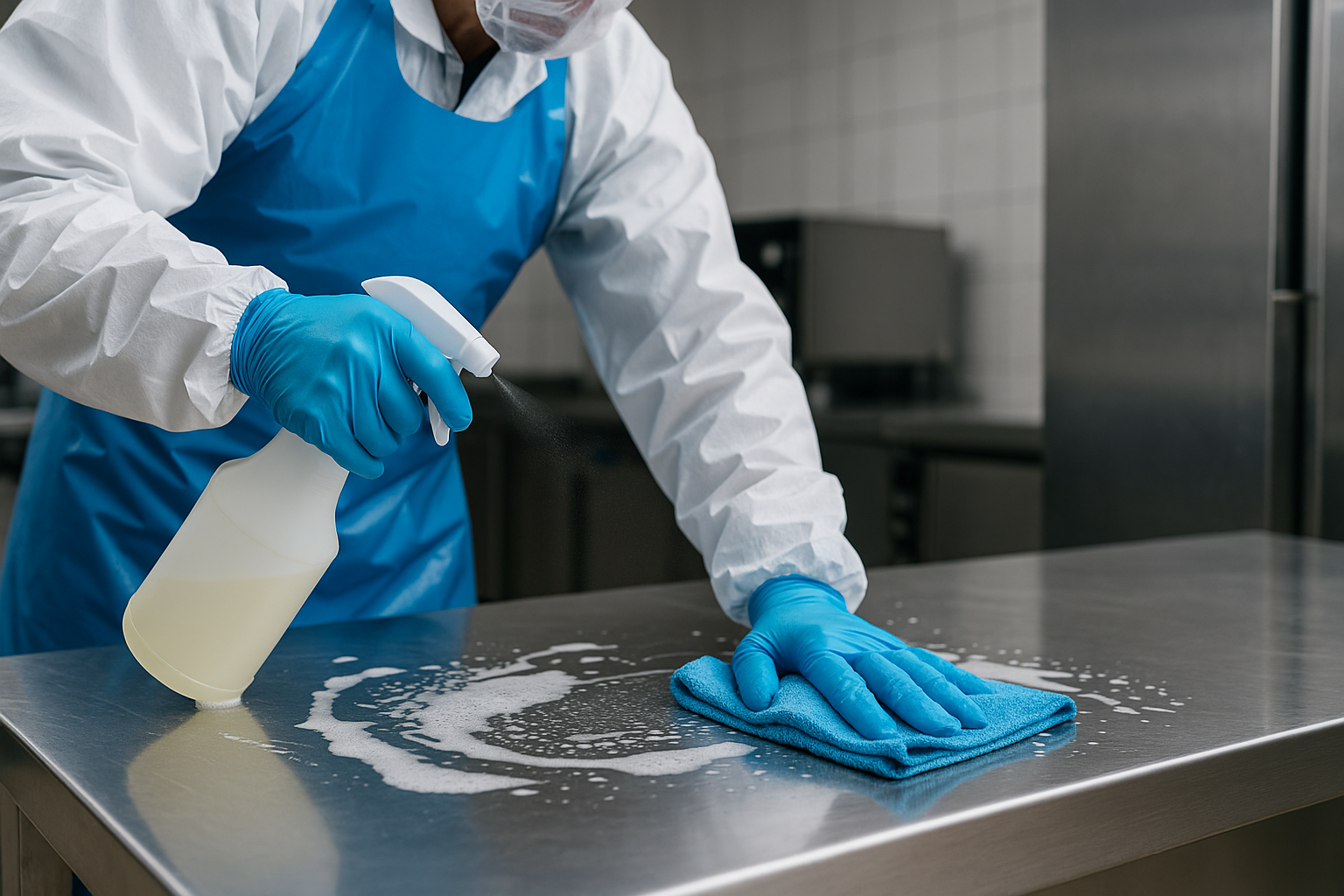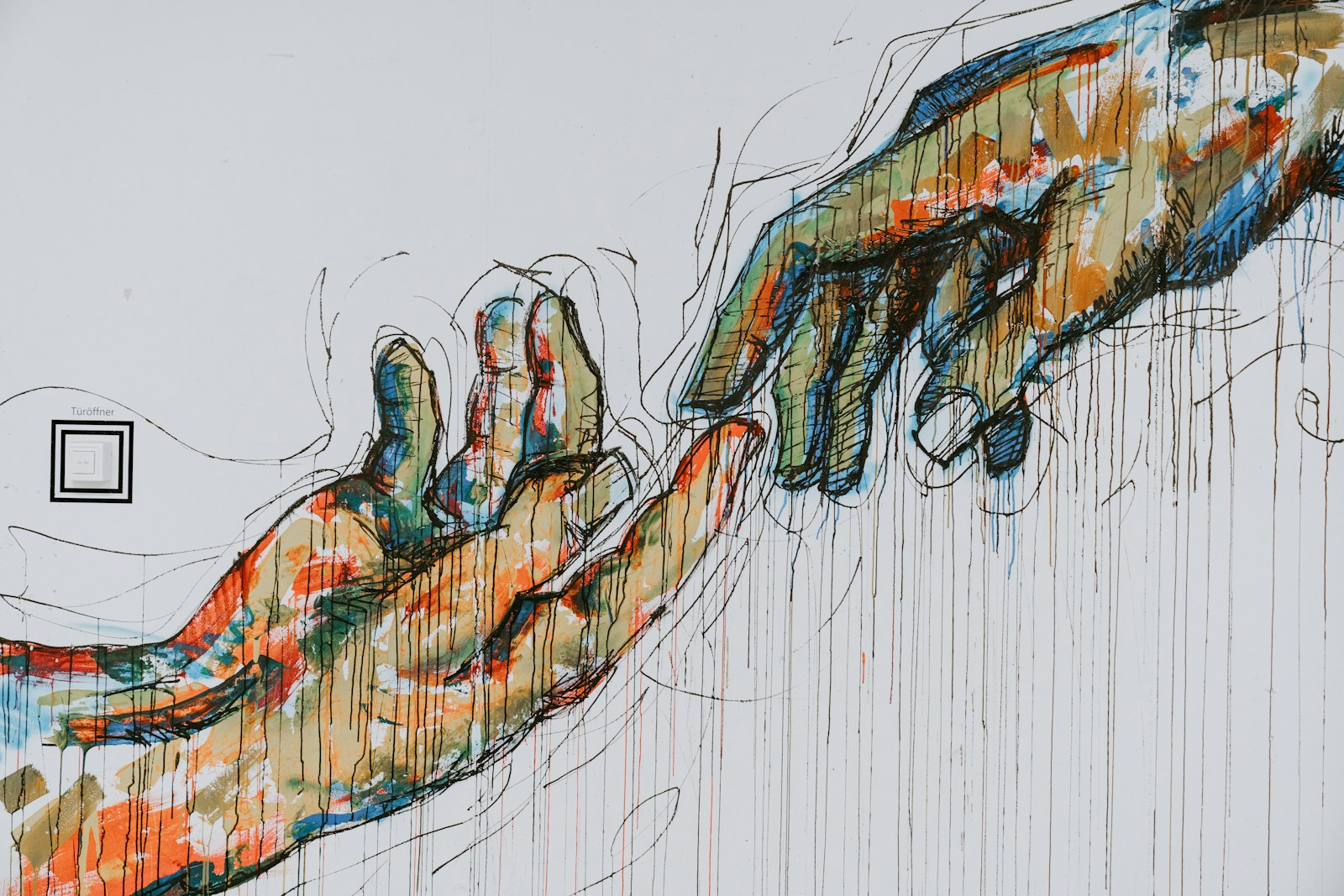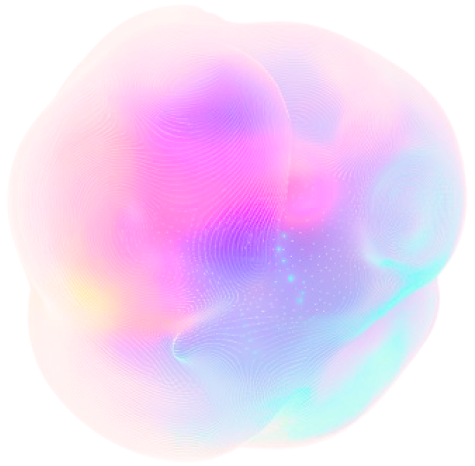Insider Brief
- A new study from Technical University of Denmark (DTU) shows that artificial intelligence and genome sequencing can accurately predict bacterial resistance to disinfectants, potentially transforming food safety protocols.
- By analyzing the full DNA profiles of more than 1,600 Listeria monocytogenes strains, researchers trained a machine learning model to predict resistance with up to 97% accuracy for both chemical compounds and commercial disinfectants.
- The method allows for quicker detection and tailored hygiene strategies in food processing environments, offering a data-driven alternative to traditional lab tests and opening the door for smarter, faster responses to contamination threats.
Artificial intelligence and genome sequencing may help food producers detect dangerous bacterial contamination faster and more accurately, according to a new study published by researchers at the Technical University of Denmark.
The study, DTU’s National Food Institute in collaboration with other partners, introduces a method that uses machine learning to predict how well harmful bacteria such as Listeria monocytogenes can survive common disinfectants, according to DTU. By analyzing the full DNA profiles of more than 1,600 listeria strains, researchers trained a computer model to identify genetic markers associated with resistance to disinfectants used in the food industry.
The approach offers a faster alternative to traditional lab tests, which can take several days. The AI-based tool delivered up to 97% accuracy in predicting bacterial tolerance to both individual chemical compounds and commercial cleaning products. The system was tested on two pure substances—benzalkonium chloride and didecyldimethylammonium chloride—as well as a commercial disinfectant called Mida San 360 OM.
According to the researchers, including senior author Pimlapas Shinny Leekitcharoenphon, the model not only confirmed known resistance genes but also uncovered new ones. These findings could eventually help tailor cleaning strategies more precisely to target specific bacterial strains and inform the design of more effective disinfectants.
The method could have significant implications for food safety. Listeria, which thrives in cold, damp environments common in food processing facilities, is known for forming biofilms—protective layers that make it harder to eradicate.
“The danger lies in the fact that a surface may appear clean, yet resistant bacteria can still be hiding in cracks and corners,” senior researcher at the DTU National Food Institute Pimlapas Shinny Leekitcharoenphon, said in a statement.
The study’s AI-driven approach allows for a quicker, data-driven response to potential threats. Food producers could theoretically scan the genome of a detected bacterium and immediately identify the best disinfectant to eliminate it, reducing both risk and response time.
While current food industry standards do not yet rely on genome-based cleaning protocols, the researchers have secured funding to continue developing the system with the goal of deploying it in real-world settings. Long-term, the team hopes the tool will become a practical part of hygiene management for food production workers.
“AI does not provide us with a recipe for new disinfectants, but it does tell us which bacteria are likely to survive which chemicals. This enables swift and precise action,” stated Pimlapas Shinny Leekitcharoenphon.






